IS09 - Hydrodynamic Analysis of Ship Performance in Shallow, Confined, or Restricted Waters
Ship performance in shallow and confined waters poses unique challenges due to the restricted space and limited depth. In these environments, vessels experience increased hydrodynamic interactions with the seabed and nearby structures, affecting their manoeuvrability, stability, and resistance. Ships navigating in shallow waters must contend with reduced water depths, potentially leading to issues such as grounding and squatting. Furthermore, the confined nature of these waters amplifies the effects of wave reflection, ship-ship interaction, and hydrodynamic forces, impacting vessel behavior and performance.
Understanding ship behaviour in shallow and confined waters is crucial for various maritime operations, including port navigation, inland waterway transportation, and offshore installations. By studying and optimizing ship performance in these environments, stakeholders can enhance safety, efficiency, and sustainability in maritime operations.
The community has employed specialized techniques and technologies to assess and optimize ship performance in shallow and confined waters. This includes computational fluid dynamics (CFD) simulations, physical model testing, and advanced manoeuvring prediction methods tailored to these specific conditions.
The numerical approach enables thorough analysis of ship performance metrics including resistance, manoeuvrability, stability, and seakeeping behaviour in shallow and confined waters. By harnessing computational tools, researchers and engineers can gain valuable insights into diverse ship designs, refine vessel operations, and facilitate informed decision-making for route planning and maritime operations in challenging environments. Thus, this session will centre on the numerical approach to ship hydrodynamic performance in shallow and confined waters, employing computational methods to simulate and analyse ship behaviour in these settings.

